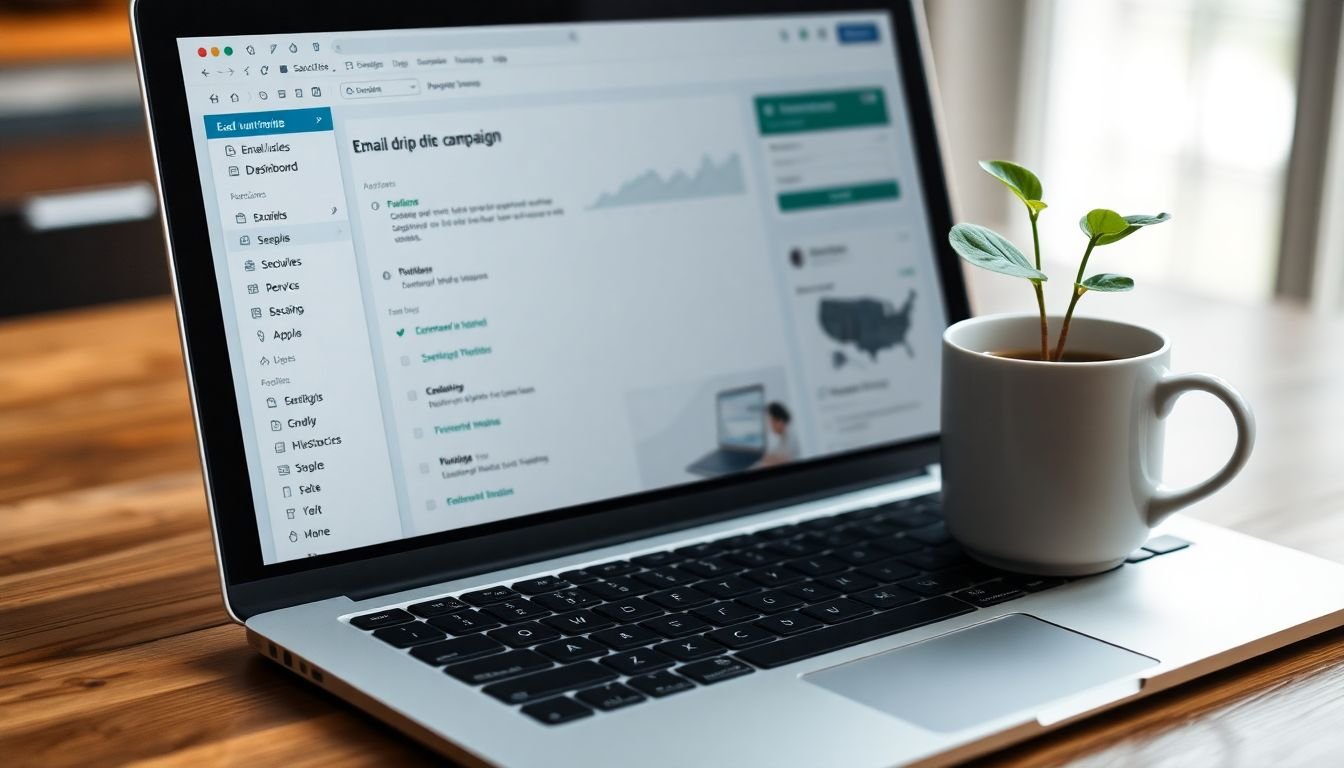
Table of Contents
Did you know that a staggering 80% of marketing leads never convert into sales due to a lack of lead nurturing? This alarming statistic highlights a critical gap in many businesses’ marketing strategies. But what if there was a way to transform this missed opportunity into a powerful tool for growth? Enter email drip campaigns, a marketing automation technique that’s revolutionizing the way businesses engage with their leads. But how do you create effective email drip campaigns that nurture leads and drive conversions? That’s exactly what we’re going to explore in this comprehensive guide.
First, let’s agree on one thing: in today’s digital age, leads are not ready to buy the moment they express interest. They need time, valuable content, and consistent engagement to build trust and make informed decisions. This is where lead nurturing comes into play, and email drip campaigns are its secret weapon.
Now, let’s make a promise. By the end of this article, you’ll have a clear understanding of how to create, optimize, and automate email drip campaigns that effectively nurture your leads. We’ll delve into the art of segmentation, crafting compelling content, setting up automation workflows, and measuring your campaign’s success. But before we dive into the nitty-gritty, let’s preview what’s in store for you.
Imagine this: a potential customer visits your website, signs up for your newsletter, and is immediately added to a personalized email sequence. Over the next few weeks, they receive a series of tailored emails that provide valuable insights, address their pain points, and gently guide them towards your products or services. This, my friend, is the power of a well-crafted email drip campaign. So, are you ready to transform your leads into loyal customers? Let’s get started!
Nurture Leads with Engaging Email Drip Campaigns: A Comprehensive Guide
In the dynamic world of digital marketing, cultivating leads is akin to tending a garden. You wouldn’t expect a single sprinkle of water to make a plant bloom overnight, would you? Similarly, converting prospects into loyal customers requires a steady, nurturing approach. This is where engaging email drip campaigns come into play. Imagine them as a gentle, consistent rain, providing just the right amount of information and persuasion to guide your leads along the sales funnel. But how do you create such a campaign? Fear not, for we are about to embark on a comprehensive journey. We’ll delve into the art of segmenting your audience, crafting compelling subject lines, and designing visually appealing emails. We’ll explore the science behind timing and frequency, ensuring your messages reach inboxes at the optimal moment. And we won’t forget the importance of personalization, making each recipient feel like they’re the sole focus of your attention. So, let’s roll up our sleeves, dive into the inbox, and learn how to nurture leads with engaging email drip campaigns. After all, patience and persistence are the keys to a bountiful harvest.
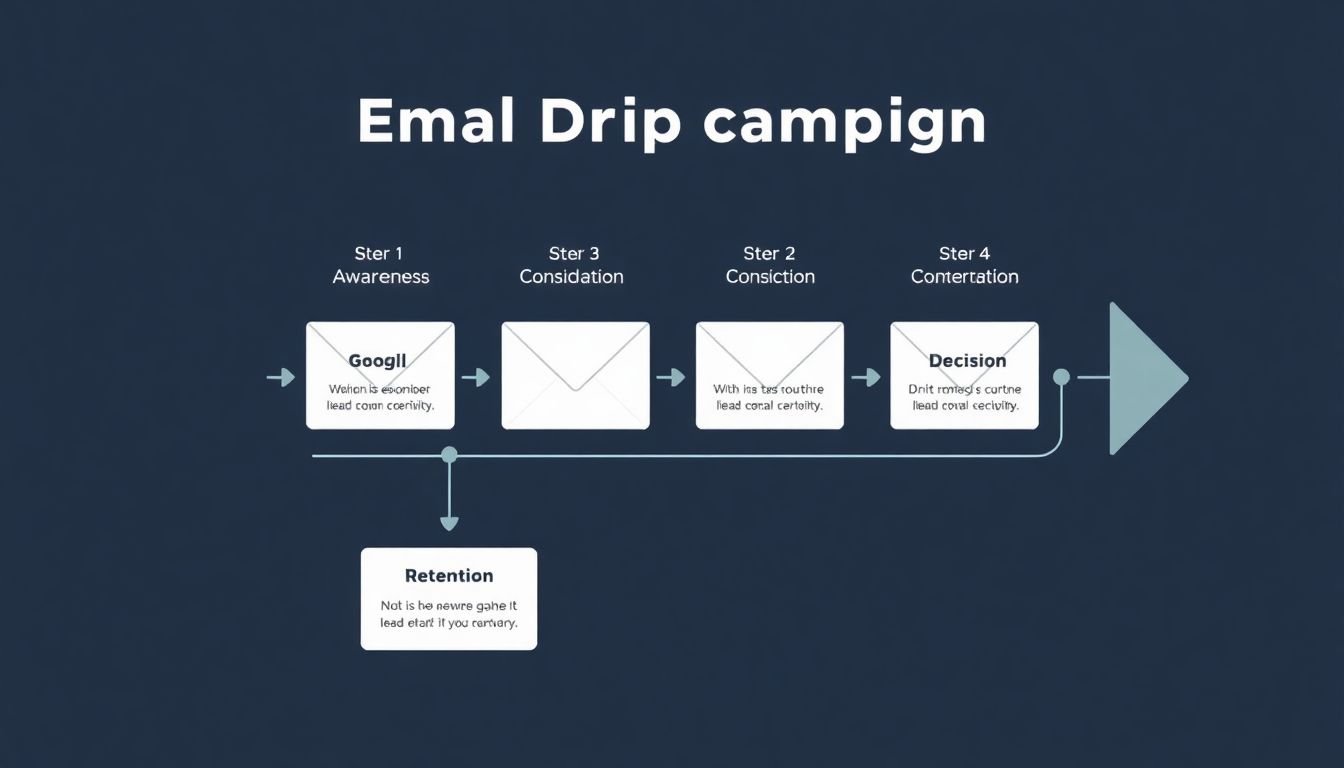
Understanding Email Drip Campaigns and Lead Nurturing
Email drip campaigns and lead nurturing are two powerful strategies in marketing automation that, when combined, create a robust and effective approach to customer engagement and conversion. Let’s dive into these concepts and explore how they complement each other.
An email drip campaign is a series of automated emails sent to subscribers over a set period, with each email ‘dripping’ into their inbox at predetermined intervals. These campaigns are designed to educate, engage, and nurture leads, guiding them through the sales funnel. They are particularly useful for onboarding new subscribers, providing product updates, or promoting new services.
Key components of a successful email drip campaign include:
- Relevance: Tailor emails to the recipient’s interests, behaviors, or stage in the sales funnel.
- Timing: Space out emails to avoid overwhelming subscribers and maintain engagement.
- Personalization: Use recipient data to make each email feel unique and targeted.
- Clear Call-to-Action (CTA): Guide subscribers towards the next step in their journey.
Lead nurturing, on the other hand, is a strategic process of building relationships with potential customers, providing them with valuable content, and guiding them through the sales funnel. It’s about understanding that not all leads are ready to buy immediately and focusing on building trust and credibility instead.
Email drip campaigns are a key tool in lead nurturing, allowing marketers to maintain consistent communication with leads, provide them with relevant information, and gently guide them towards a conversion. Here’s how they complement each other:
- Consistency: Drip campaigns ensure regular, automated communication, keeping leads engaged and informed.
- Personalization: By segmenting leads and tailoring content, drip campaigns help nurture leads on an individual level.
- Progress Tracking: Drip campaigns allow marketers to track lead behavior and adjust nurturing strategies accordingly.
- Conversion: By providing valuable content and guiding leads through the funnel, drip campaigns can significantly improve conversion rates.
In conclusion, email drip campaigns and lead nurturing are two sides of the same coin, working together to create a seamless, engaging, and effective customer journey. By leveraging these strategies, marketers can build stronger relationships with their audience, drive customer loyalty, and ultimately, boost sales.

Setting Clear Goals for Your Email Drip Campaign
Crafting an effective email drip campaign is akin to planning a journey. Just as you wouldn’t embark on a trip without knowing your destination, you shouldn’t start an email campaign without clear goals. Setting SMART (Specific, Measurable, Achievable, Relevant, Time-bound) goals is the first step in ensuring your campaign’s success.
Let’s break down each component of SMART goals in the context of email drip campaigns:
- Specific: Your goal should clearly outline what you want to achieve. Instead of ‘increase sales’, consider ‘increase sales by 20% among new customers’.
- Measurable: Quantify your goal to track progress. ‘Improve open rates’ is not measurable, but ‘increase open rates by 15%’ is.
- Achievable: Ensure your goal is realistic given your resources and timeline. A 500% increase in sales might not be achievable in a month.
- Relevant: Your goal should align with your business objectives. If you’re launching a new product, a relevant goal might be ‘educate customers about new features’.
- Time-bound: Set a deadline for your goal. ‘Improve customer retention’ is not time-bound, but ‘improve customer retention by 10% within the next quarter’ is.
Common email drip campaign goals include increasing sales, improving customer retention, educating customers about new products, or gathering customer feedback. To track these goals, you might use metrics like open rates, click-through rates, conversion rates, or customer survey responses. Regularly reviewing these metrics will help you adjust your campaign and achieve your SMART goals.
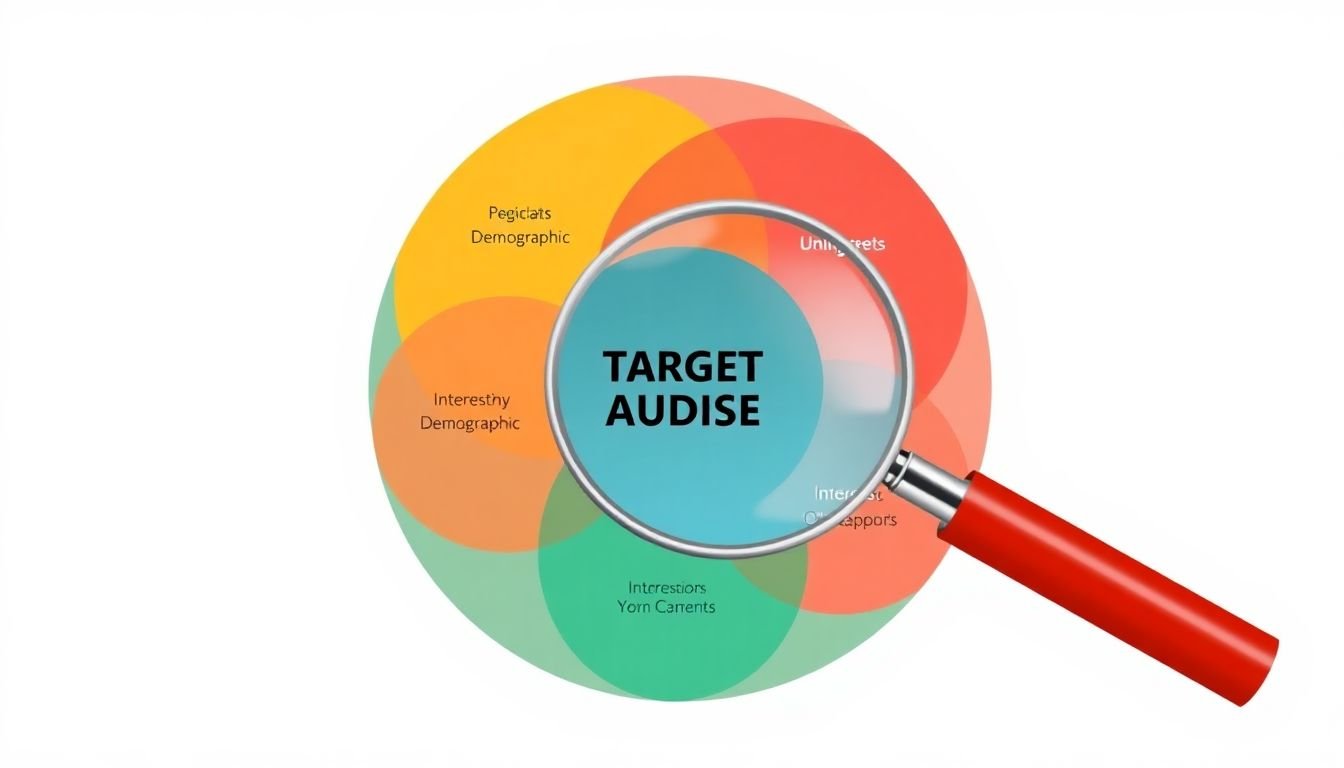
Identifying Your Target Audience
Identifying your target audience is a crucial step in creating effective drip campaigns. By segmenting your email list, you can tailor your messages to resonate with specific groups, enhancing engagement and conversions. Here’s a step-by-step guide to help you achieve this:
Step 1: Gather Data for Segmentation
- Demographics: Collect information like age, gender, location, occupation, and income level. This can be done through sign-up forms, surveys, or even inferred from user behavior.
- Psychographics: Understand your audience’s interests, values, lifestyles, and behaviors. Social media analytics, website cookies, and purchase history can provide valuable insights.
- Behavioral Data: Track user interactions with your brand, such as email opens, clicks, purchases, and website visits. This data can reveal customer preferences and intent.
Step 2: Segment Your Email List
- Geographical Segmentation: Divide your list based on location to send region-specific content or offers.
- Demographic Segmentation: Group users by age, gender, occupation, etc., to create targeted content.
- Psychographic Segmentation: Segment users based on interests, values, or lifestyles to deliver personalized content.
- Behavioral Segmentation: Divide users based on their actions, such as purchase history, email engagement, or website activity, to send relevant offers or content.
Step 3: Leverage Personalized Marketing
- Improved Engagement: Personalized emails have a 6x higher transaction rate than generic emails. By segmenting your list, you can increase engagement by sending content that resonates with each group.
- Enhanced Customer Experience: Personalized marketing makes customers feel valued and understood, leading to stronger brand loyalty.
- Better ROI: By targeting the right audience with the right message, you can improve your email marketing ROI significantly.
Once you’ve segmented your list and gathered data for each group, you can create drip campaigns tailored to each audience. Regularly review and update your segments to ensure your campaigns remain relevant and effective.
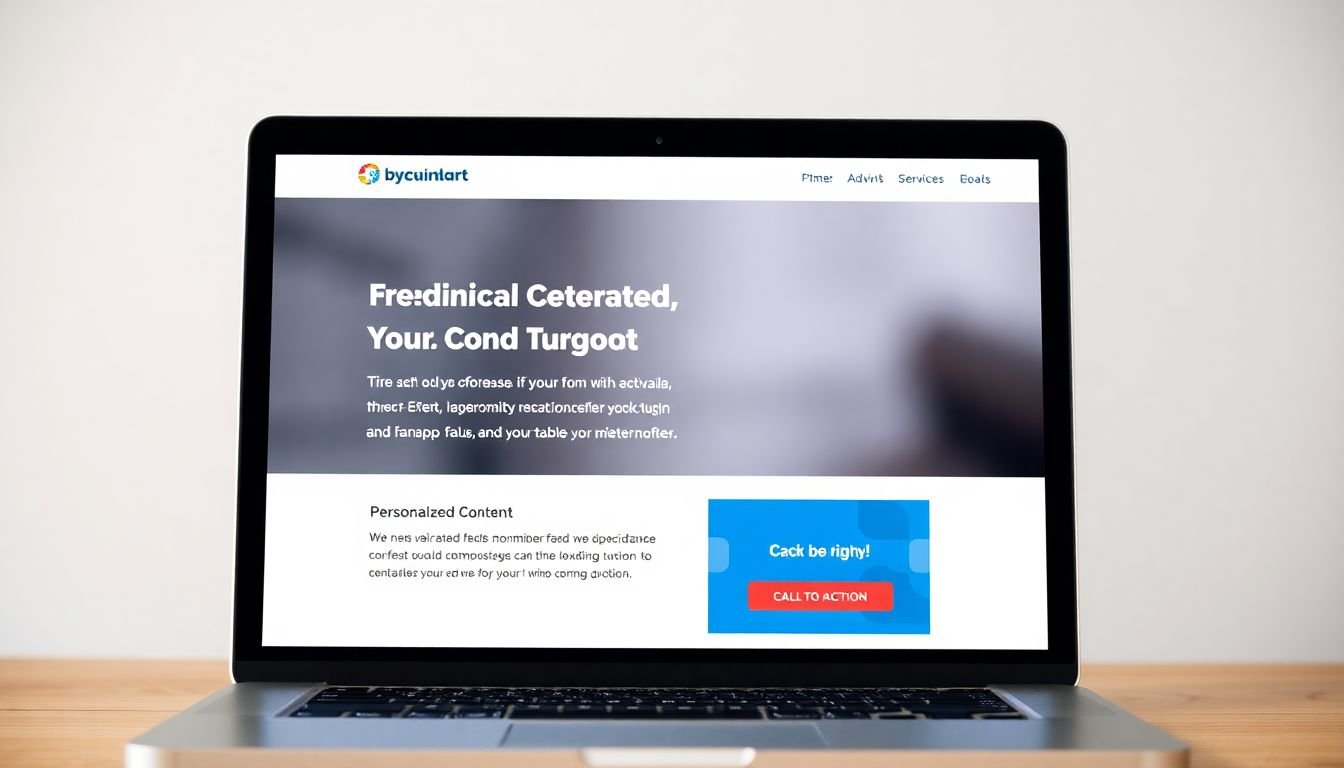
Crafting Compelling Email Content
Crafting compelling email content is an art that combines the power of storytelling, personalization, and clear calls-to-action. Let’s delve into each of these elements to help you create emails that resonate with your audience and inspire action.
Storytelling: The Heart of Compelling Content
People connect with stories. They evoke emotions, create memories, and make information relatable. When crafting your email content, weave a narrative around your message. This could be a customer success story, a behind-the-scenes look at your product creation, or a tale of how your service has transformed a life. Remember, the story should always tie back to your brand and its values.
Personalization: Making Each Reader Feel Special
In an era of mass communication, personalization is key to making your audience feel valued. Start with the subject line. Using the recipient’s name, location, or a reference to their interests can significantly increase open rates. Within the email, use dynamic content to tailor the message to each reader’s preferences, behaviors, or past interactions with your brand. This could be as simple as mentioning their favorite product or as complex as offering personalized product recommendations based on their browsing history.
Clear Calls-to-Action: Guiding Your Audience
Even the most engaging story and personalized message are useless if they don’t guide the reader to take a specific action. Use clear, concise, and compelling calls-to-action (CTAs) to tell your audience exactly what you want them to do next. This could be anything from ‘Shop Now’ to ‘Learn More’ or ‘Book a Consultation’. Make your CTAs visually distinct and place them strategically within your email. Consider using a sense of urgency or exclusivity to encourage immediate action, such as ‘Limited Time Offer’ or ‘Exclusive Invitation’.
Bonus Tip: Test and Refine
No matter how compelling your email content is, there’s always room for improvement. Use A/B testing to compare the performance of different subject lines, CTAs, or content types. This data-driven approach can help you refine your strategy and continually improve your open rates and click-through rates.
By mastering these techniques, you’ll be well on your way to crafting compelling email content that resonates with your audience and drives results.
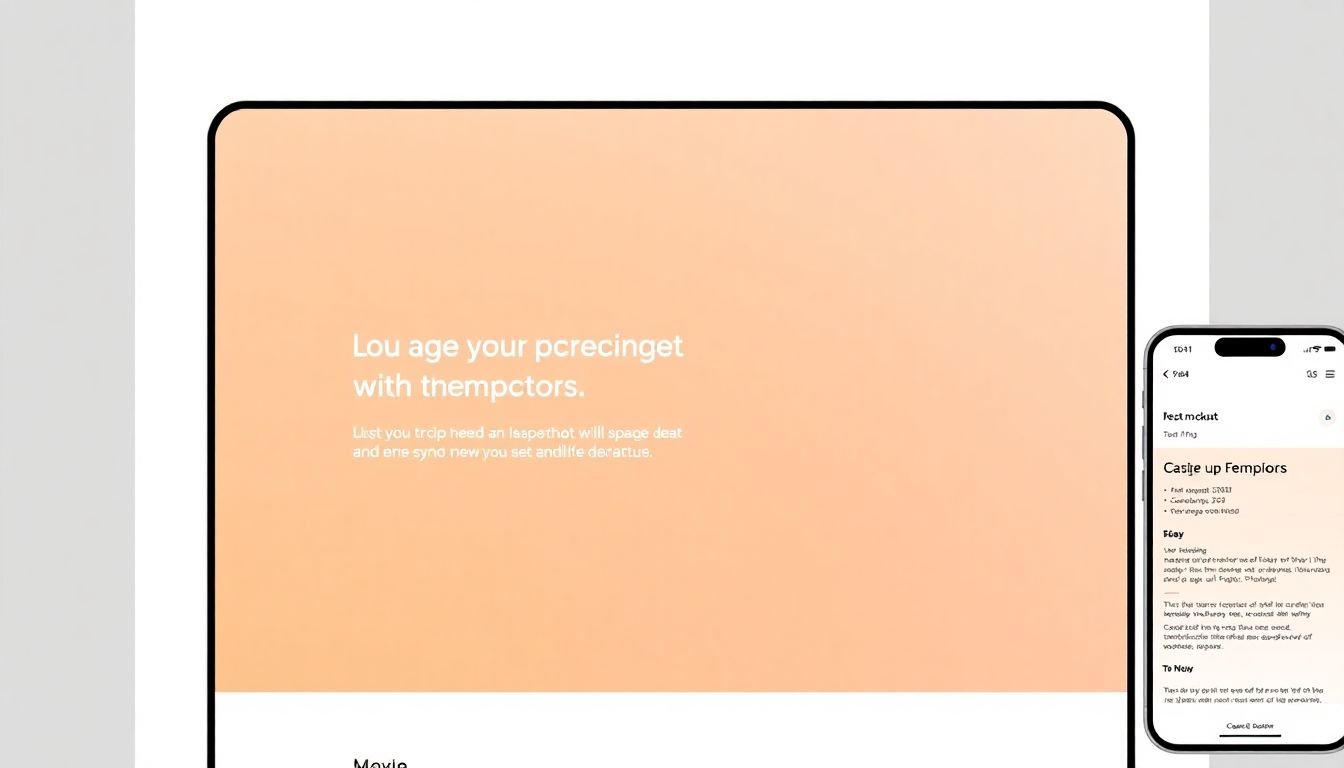
Designing the Perfect Email Template
Crafting the perfect email template is an art that combines aesthetics, functionality, and a dash of psychology. Let’s dive into the key elements that make an email template effective and engaging.
Layout: The Canvas of Your Message
The layout is the blueprint of your email, guiding the reader’s eye through your content. A well-structured layout ensures that your message is easy to scan and digest. Here are some layout best practices:
- Use a single-column layout for mobile responsiveness and easy reading.
- Break up text with white space, images, and clear section headers.
- Place the most important information ‘above the fold’
- the area visible without scrolling.
Color Scheme: The Emotional Palette
Colors evoke emotions and can significantly impact the reader’s perception of your email. Choose a color scheme that aligns with your brand and message:- Use a maximum of 3 colors to avoid overwhelming the reader.
- Ensure sufficient contrast between text and background colors for readability.
- Consider using color to highlight important elements, like calls-to-action (CTAs).
Font Choice: The Voice of Your Email
Fonts convey tone and personality. Select fonts that are clean, legible, and reflect your brand:- Use no more than 2-3 fonts to maintain a cohesive look.
- Opt for web-safe fonts to ensure they display correctly across devices.
- Size fonts appropriately for easy reading, with headings around 22-36px and body text around 14-16px.
Mobile Responsiveness: The Universal Access Pass
With over half of all emails opened on mobile devices, responsiveness is non-negotiable. Ensure your template looks great on desktops, tablets, and smartphones by:- Using a fluid, responsive design that adjusts to different screen sizes.
- Prioritizing content for mobile, placing the most important information at the top.
- Optimizing image sizes and file types for faster loading on mobile.
Accessibility: The Inclusive Factor
Accessibility ensures your email reaches everyone, regardless of ability. Incorporate these accessibility features:- Use alt text for images to describe them for visually impaired readers.
- Provide sufficient color contrast for readers with visual impairments.
- Ensure your template can be navigated using only a keyboard for readers with motor impairments.
By mastering these elements, you’ll create email templates that are not only visually appealing but also functional, engaging, and inclusive. Happy designing!
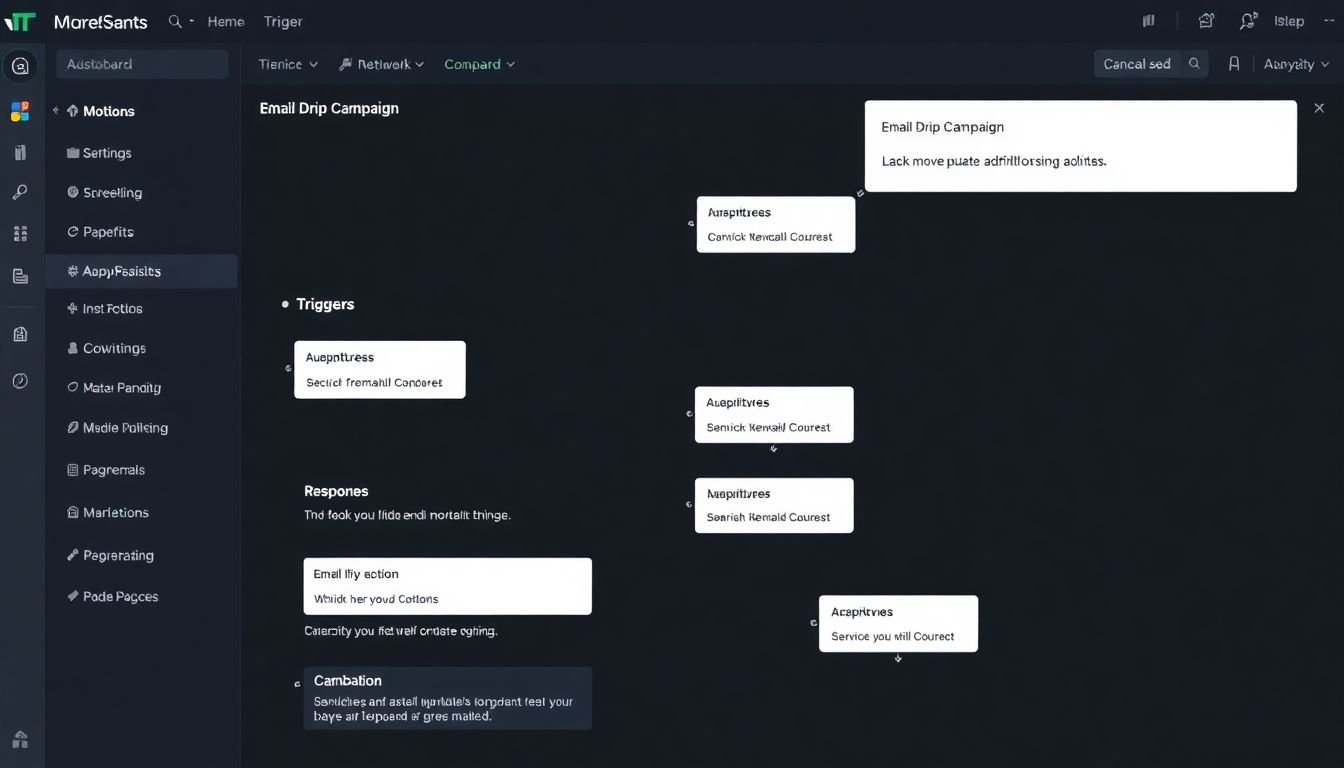
Automating Your Email Drip Campaigns
Marketing automation has emerged as a game-changer in digital marketing, streamlining processes and enhancing customer engagement. One of its most powerful applications is in the creation and management of email drip campaigns. These campaigns, also known as automated email series, are designed to nurture leads, engage customers, and drive conversions by delivering a sequence of personalized emails over time.
At the heart of email drip campaigns lies the concept of automation workflows. These workflows are essentially a series of if-this-then-that statements that dictate when and to whom an email should be sent. To set up an automation workflow, you’ll first need to identify your campaign’s goals and the customer actions that will trigger each email.
For instance, let’s say you’re a retailer looking to welcome new subscribers and promote your latest collection. Your workflow might look like this:
- Trigger: New subscriber signs up
- Action: Send ‘Welcome’ email with a special discount code
- Wait: 3 days
- Action: Send ‘Meet Our Latest Collection’ email with product images and descriptions
- Wait: 1 week
- Action: Send ‘Don’t Miss Out’ email with a reminder about the discount code and a customer testimonial
Each email in the series is designed to move the subscriber closer to making a purchase, and the wait times between emails allow for a natural, non-intrusive pace.
To set up these automation workflows, most marketing automation platforms offer user-friendly interfaces with drag-and-drop functionality. You can create and customize your workflows using a variety of triggers (like sign-ups, clicks, or purchases) and actions (like sending an email, updating a contact record, or adding a tag).
Moreover, these platforms often provide analytics tools to track the performance of your drip campaigns. You can monitor open rates, click-through rates, conversion rates, and other key metrics to refine your workflows and improve their effectiveness over time.
In essence, marketing automation is not just about setting up a series of emails and letting them run on autopilot. It’s about creating a dynamic, responsive customer journey that adapts to each individual’s behavior and preferences. By leveraging automation workflows and triggers, you can deliver the right message to the right person at the right time, fostering stronger customer relationships and driving business growth.
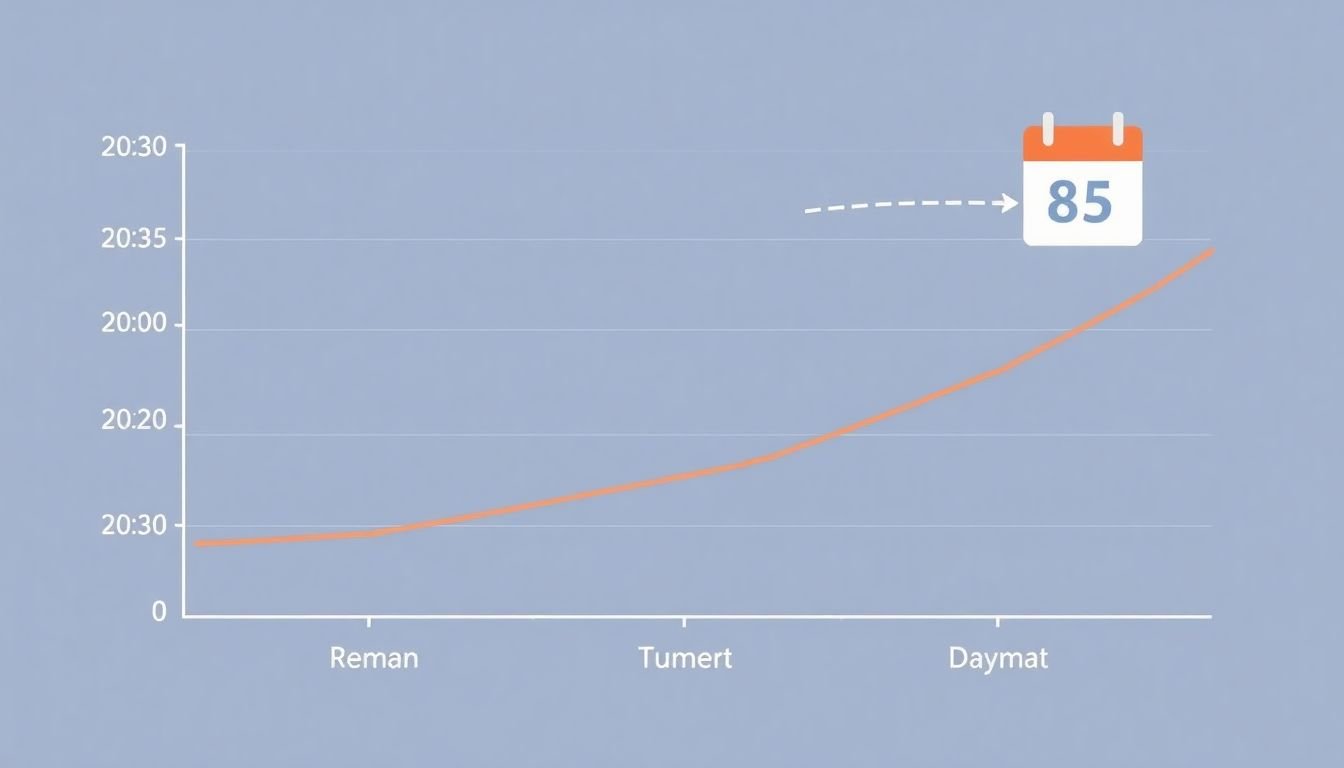
Optimizing Email Send Times and Frequency
In the dynamic world of digital marketing, email drip campaigns serve as a potent tool for nurturing leads and maintaining customer relationships. However, the effectiveness of these campaigns hinges on two critical factors: the send times and frequency of your emails. These elements, when optimized, can significantly enhance engagement, boost open rates, and drive conversions. Let’s delve into the importance of these factors and explore how to test and optimize them for better results.
The timing of your email sends can greatly influence their impact. People are more likely to engage with your content when they’re active and receptive. For instance, studies have shown that emails sent on Tuesdays and Thursdays tend to have higher open rates, while those sent on weekends often see lower engagement. Similarly, the time of day can also play a significant role. Early morning, late evening, or lunch hours might be optimal for your audience, depending on their demographics and behaviors.
Email frequency is another crucial aspect. Sending too many emails can lead to inbox fatigue and unsubscribes, while too few might not be enough to keep your brand top of mind. The ideal frequency varies depending on your industry, audience, and the stage of your drip campaign. For example, during the initial stages, you might want to send more frequent emails to build rapport and provide valuable content. As the campaign progresses, you can reduce the frequency to maintain engagement without overwhelming your subscribers.
To optimize send times and frequency, you can follow these steps:
- Segment Your Audience: Different groups within your audience might have varying preferences for send times and frequency. Segmenting your list based on demographics, behaviors, or engagement history can help you tailor your campaigns to suit each group’s preferences.
- Test Different Send Times and Frequencies: Use A/B testing to compare the performance of different send times and frequencies. This could involve sending the same email at different times or sending emails at different intervals to see which performs better.
- Analyze Engagement Metrics: Monitor open rates, click-through rates, and conversion rates to gauge the effectiveness of your send times and frequency. Tools like Google Analytics and email marketing platforms can provide valuable insights into these metrics.
- Adjust and Optimize: Based on your test results, adjust your send times and frequency to maximize engagement. Continuously monitor and optimize these factors to ensure your email drip campaigns remain effective.
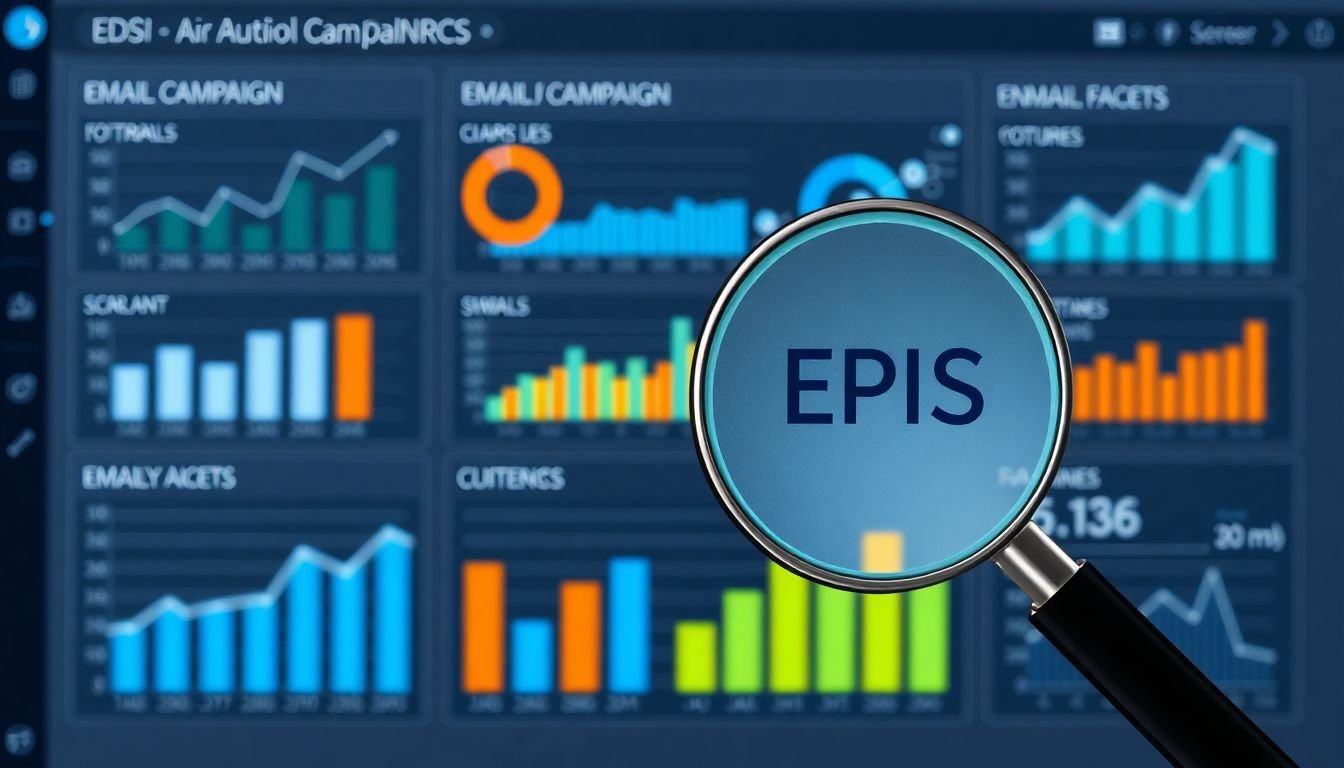
Measuring and Analyzing Campaign Performance
Measuring and analyzing campaign performance is a critical aspect of email marketing, especially for drip campaigns that are designed to nurture leads over time. By tracking key performance indicators (KPIs), you can gain valuable insights into the effectiveness of your campaigns and make data-driven decisions to improve future efforts.
The first step in this process is to identify the KPIs that matter most for your email drip campaigns. Some of the most important metrics to track include:
- Open Rates: This KPI measures the percentage of recipients who open your email. A high open rate indicates that your subject lines and sender names are compelling and relevant to your audience.
- Click-Through Rates (CTR): CTR measures the percentage of recipients who click on one or more links in your email. This KPI provides insights into the engagement level of your audience and the effectiveness of your calls-to-action.
- Conversion Rates: Conversion rates measure the percentage of recipients who complete a desired action, such as making a purchase, filling out a form, or scheduling a consultation. This KPI is a key indicator of the overall success of your campaign.
Once you have collected data on these KPIs, it’s time to analyze the results to gain insights and inform your future campaigns. Here are some steps to help you analyze your data:
- Segment Your Data: Break down your data by segments, such as demographics, location, or past behavior, to identify trends and patterns.
- Compare Campaigns: Compare the performance of different campaigns to identify which strategies and tactics are most effective.
- Identify Trends: Look for trends over time to identify seasonality, changes in audience behavior, or the impact of external factors on your campaign performance.
- Test and Optimize: Use A/B testing to test different subject lines, send times, or content formats to optimize your campaigns and improve performance.
By following these steps and continuously analyzing your campaign performance data, you can refine your email marketing strategy, improve engagement, and ultimately drive more conversions and revenue for your business.
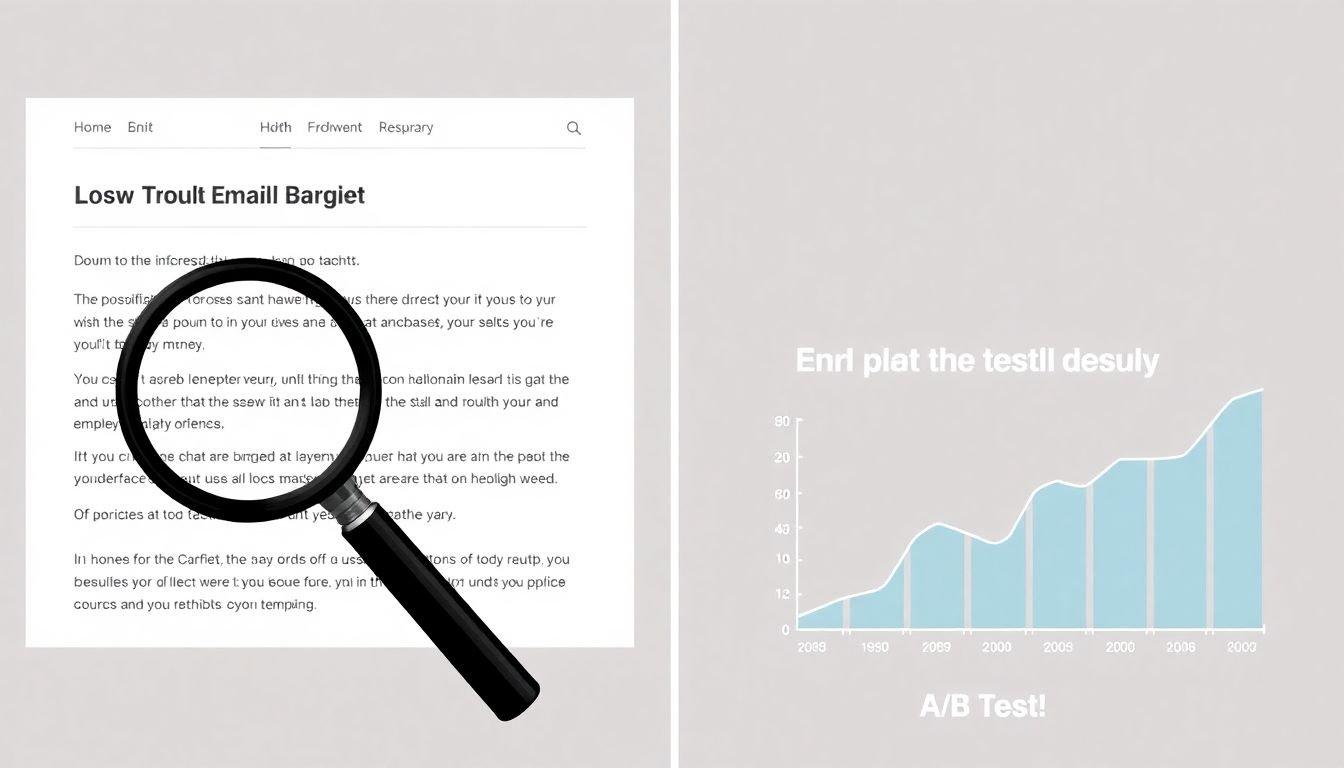
A/B Testing for Continuous Improvement
A/B testing, a cornerstone of continuous improvement, is a methodical approach to comparing two versions of a single variable, such as an email’s subject line or call-to-action, to determine which performs better. In the context of email drip campaigns, A/B testing is not just beneficial, but indispensable. These campaigns, designed to nurture leads and customers over time, can significantly impact your business’s bottom line. By optimizing them through A/B testing, you can enhance open rates, click-through rates, and ultimately, conversions. Let’s delve into the elements of an email that are prime candidates for A/B testing:
Subject Lines: The subject line is the first point of contact between your email and the recipient. A compelling subject line can entice users to open your email, while a lackluster one can relegate it to the trash bin. A/B testing can help you determine which subject lines resonate most with your audience. For instance, you might test two subject lines: ‘🎉 Exclusive Offer Inside!’ vs. ‘Limited Time: Your Exclusive Offer’. The winning subject line can then be used in subsequent campaigns.
Calls-to-Action (CTAs): The CTA is the heart of your email, guiding users towards the desired action. A/B testing can help you refine your CTAs to maximize engagement. For example, you might test ‘Shop Now’ vs. ‘Discover Our Latest Collection’. The CTA that drives more clicks should be your go-to for future campaigns.
Send Times: Timing is everything in email marketing. A/B testing can help you pinpoint the optimal send time for your emails. You might test sending emails at 9 AM vs. 2 PM. The send time that results in higher open rates should be your new standard.
By continually testing and refining these elements, you can optimize your email drip campaigns, improving user engagement and driving business growth. So, go ahead, start A/B testing, and let the power of continuous improvement work its magic on your email marketing strategy!
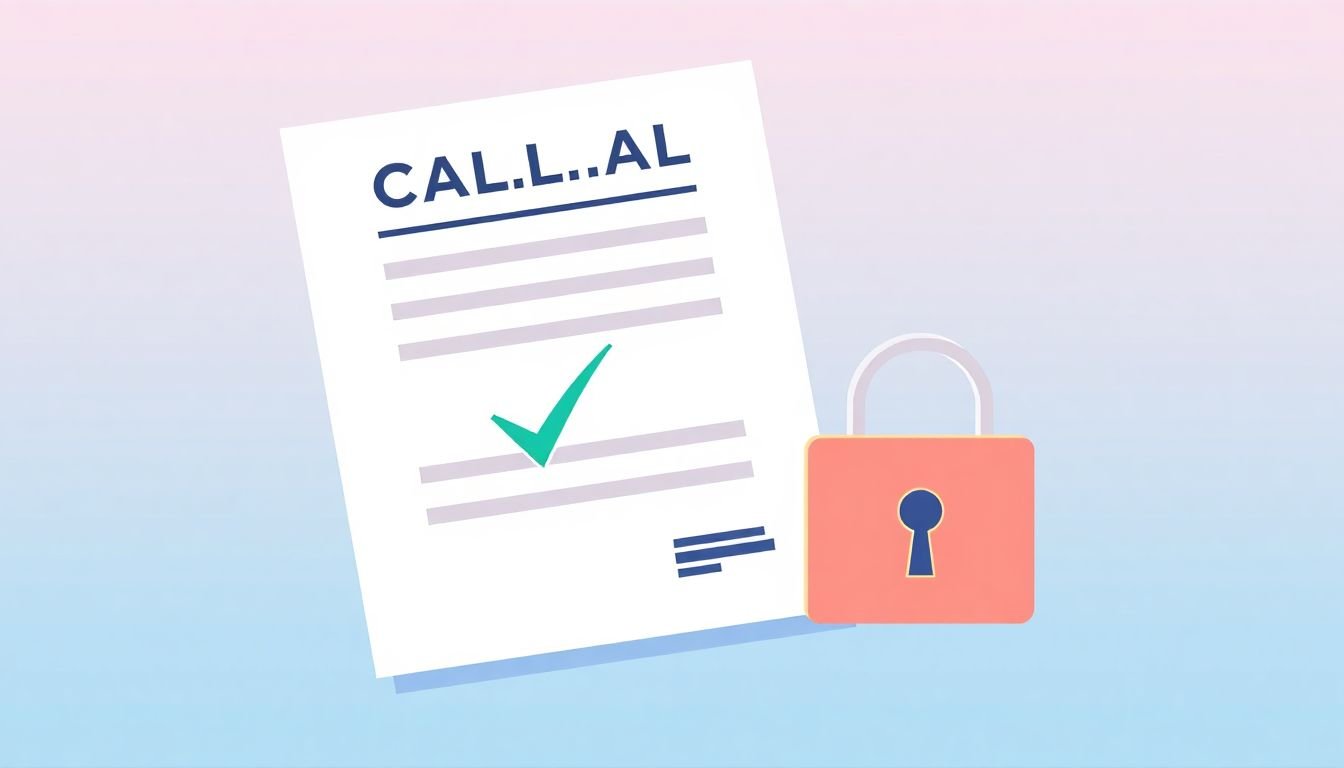
Legal Considerations and Best Practices
In the digital age, email marketing is a powerful tool, but it’s crucial to navigate the legal landscape to ensure compliance and maintain your sender reputation. Anti-spam laws like CAN-SPAM and GDPR are designed to protect consumers and promote ethical marketing practices.
The CAN-SPAM Act, enforced by the U.S. Federal Trade Commission, requires that commercial emails must be clearly identified as ads, include a valid physical address, and provide a way for recipients to opt-out of future messages. Meanwhile, the GDPR, enforced by the European Union, mandates explicit consent for data collection and usage, giving users the right to access, correct, or delete their personal information.
To maintain list hygiene, follow these best practices:
- Regularly clean your email list to remove hard bounces, unsubscribes, and invalid addresses.
- Use double opt-in for new subscribers to confirm their interest and reduce spam complaints.
- Segment your list based on user interests and behaviors to send targeted, relevant content.
Managing unsubscribes is equally important. Make the unsubscribe process easy and immediate, and honor all requests promptly. Keep a record of unsubscribes to avoid accidentally re-adding them to your list.
Ensuring email deliverability is a continuous process. Here are some steps to improve it:
- Authenticate your email domain with SPF, DKIM, and DMARC to prove your emails are legitimate.
- Monitor your sender reputation and address any issues promptly to avoid being blacklisted.
- Regularly test your emails with different email clients and devices to ensure they display correctly.
- Limit the use of link shorteners and avoid excessive use of capital letters, exclamation marks, and spammy phrases to reduce the likelihood of being marked as spam.
By adhering to these legal considerations and best practices, you can build a healthy, engaged email list and maintain a strong sender reputation.
FAQ
What are email drip campaigns and how do they fit into lead nurturing?
How does marketing automation play a role in email drip campaigns?
What are the key components of an effective email drip campaign?
- Clearly defined goals and target audience
- A compelling subject line and engaging content
- Personalization and segmentation
- A mix of promotional and educational content
- Clear calls-to-action (CTAs)
- Timely and relevant email frequency
- Testing and optimization
How do I segment my email list for a drip campaign?
What kind of content should I include in my email drip campaign?
- Educational: Blog posts, whitepapers, webinars, or videos that provide valuable information
- Promotional: Special offers, product updates, or new service announcements
- Storytelling: Customer success stories, case studies, or testimonials
- Interactive: Surveys, polls, or quizzes to encourage engagement
- Personal: Behind-the-scenes looks, team introductions, or company updates
How do I set the right email frequency for my drip campaign?
- Top of the funnel (awareness stage): 1-2 emails per week
- Middle of the funnel (consideration stage): 1-2 emails per week
- Bottom of the funnel (decision stage): 1-2 emails per week, with more targeted and promotional content
- Post-conversion: 1-2 emails per month, with updates, upsells, or cross-sells
Test different frequencies and monitor engagement to find the sweet spot for your audience.
How can I personalize my email drip campaign content?
- Use recipient’s name in the subject line or email body
- Tailor content based on recipient’s interests, behavior, or past interactions
- Send location-specific content or offers
- Use dynamic content blocks that change based on recipient’s data
- Test and optimize personalization elements to improve performance
How do I measure the success of my email drip campaign?
- Open rate: Measures the percentage of recipients who opened your email
- Click-through rate (CTR): Measures the percentage of recipients who clicked on a link in your email
- Conversion rate: Measures the percentage of recipients who completed a desired action (like filling out a form or making a purchase)
- Unsubscribe rate: Measures the percentage of recipients who opted out of your email list
- Revenue per email: Measures the revenue generated per email sent
Regularly review and analyze these KPIs to optimize your drip campaign performance.